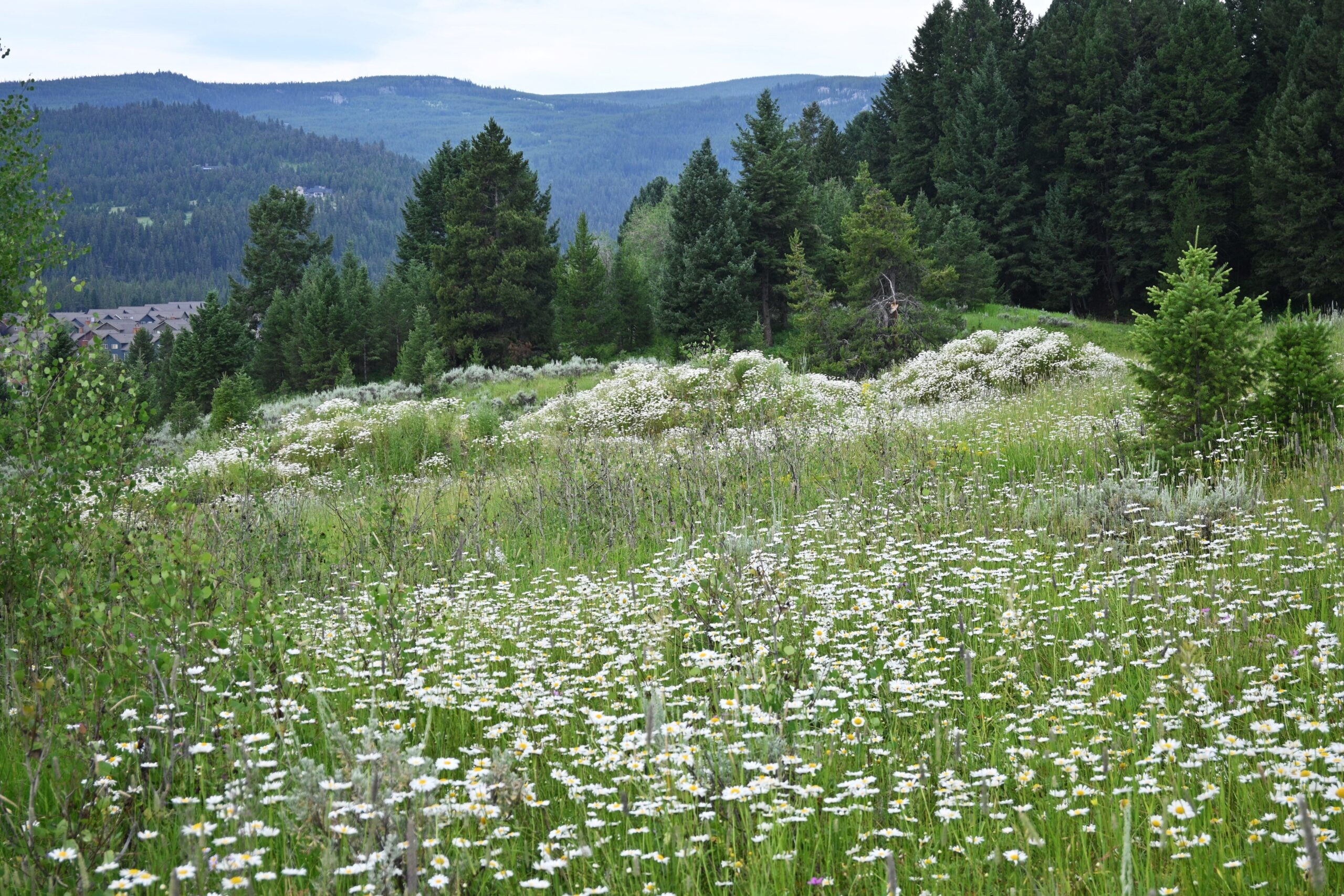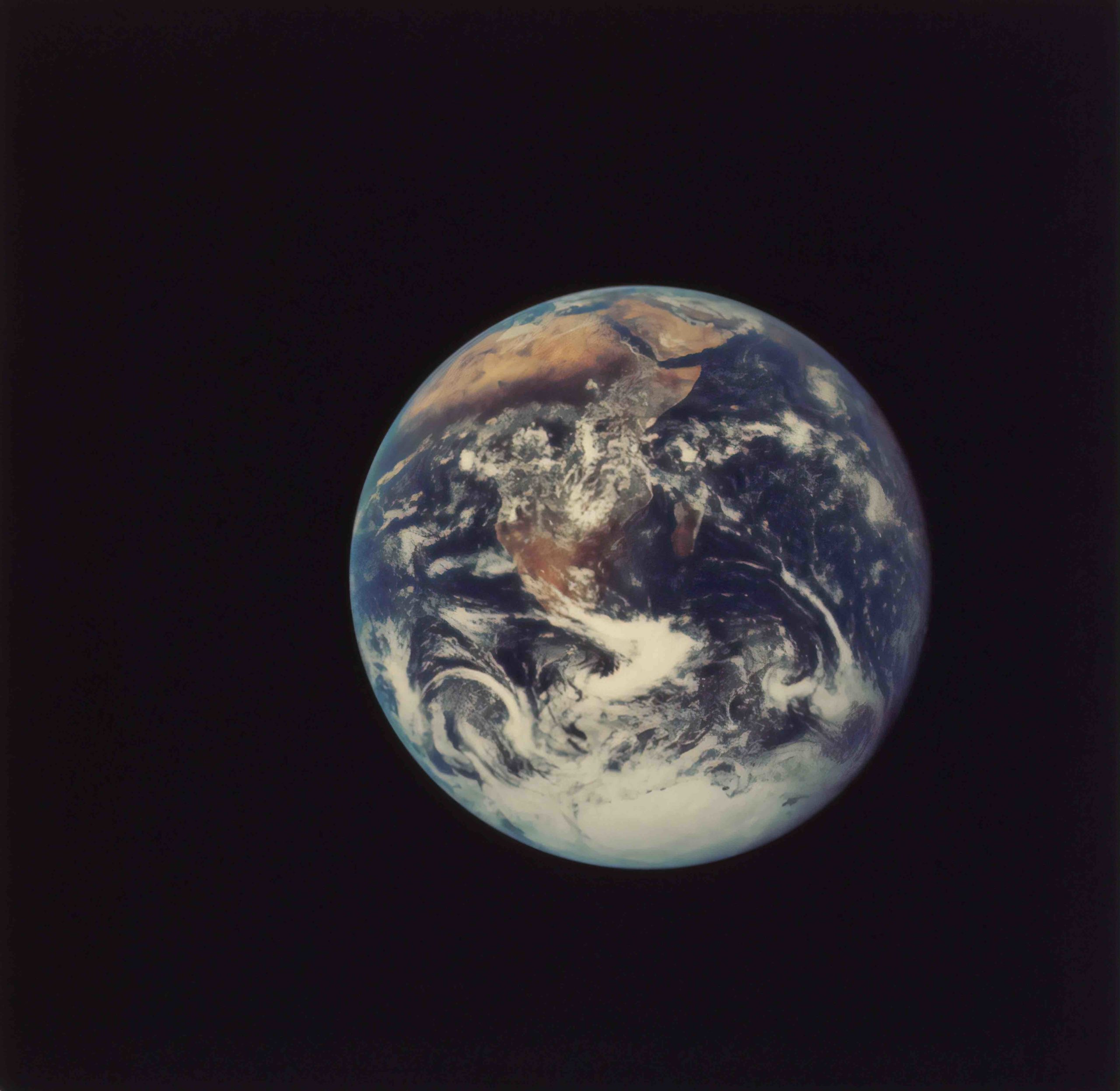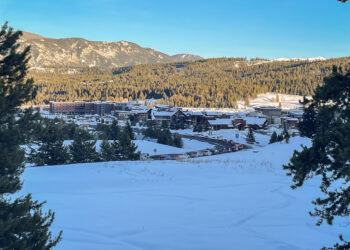By Abby Butler EBS COLUMNIST

What image does the phrase “natural landscape” evoke? Maybe it’s a field of wildflowers nestled deep in the backcountry or the expansive view from the top of a mountain you just trekked up, something pristine and untouched by human hands. What if I told you that the definition of a “natural landscape” is much more holistic? What if the pockets of green scattered in backyards, along roadways, and throughout cityscapes could be as valuable collectively as a piece of wilderness?
To better understand how this could be possible, let’s establish some context. Landscapes experience disturbances from both natural processes and human activity. Climatic events such as floods and droughts, along with processes like erosion and wildlife grazing, occur without human involvement. However, humans have long been managing the land. Before European settlers colonized North America, Indigenous peoples hunted, farmed, and used prescribed burns for cultural practices as well as vegetation and wildlife management. With colonization came the forced removal of Indigenous peoples from their land and the establishment of an entirely new disturbance regime.
Jump forward to the present day where population growth and demand have carved out the landscape to make way for development and recreation opportunities. This growth has had major consequences for the health of the ecosystem. In the last 400 years, humans have introduced approximately 30,000 new plant species to North America. Of those 30,000, around 5,000 have escaped cultivation and over 500 have negatively impacted the ecosystem to a degree in which they are considered invasive.

According to a 2023 report by the Intergovernmental Science-Policy Platform on Biodiversity and Ecosystem Services, invasive species are a major driver of degradation, causing biodiversity loss, accelerating soil erosion and degrading water quality. The establishment and spread of invasive species is facilitated by human-caused disturbances such as altering fire regimes, disturbing soil through recreation and development, and altering the flow of water for agriculture and energy production.
These environmental impacts spill over into the economy. They decrease the value of land, reduce recreation opportunities—an industry that at minimum generates $6.7 million annually in Big Sky and makes up 5.4% of Montana’s workforce—and cost governments and private citizens billions of dollars.
In 2019, global costs related to invasive species exceeded $423 billion, with only 8% of that cost related to actively managing them. At the state level, according to a 2024 report by the University of Wyoming, infestations of cheatgrass, an invasive annual, alone resulted in losses of $32 million on affected rangeland with a 13% reduction in total agricultural value across Wyoming. While it may not seem like you are personally affected by invasive species, you are. If you recreate outside, purchase food from the grocery store or drink water from your tap, you have interacted with a resource that has—or will be—impacted by invasive species.

So, what does your yard have to do with the health of the ecosystem? While it may consist of non-native grass with a smattering of annoying weeds you can’t seem to get rid of, those weeds may actually be invasive plants that have the potential to spread onto other landscapes and public land, and further degrade our beloved landscape. And that nonnative grass? While it looks tidy, it provides very little if any benefit to local wildlife.
Native plants are the foundation of our ecosystem. They support a plethora of insects (whose populations have declined by 75% in the past 50 years) who in turn, pollinate more plants, supporting a rich tapestry of resources for organisms all the way up the food chain. By managing weeds and planting native species on your property, you are providing intentional support for wildlife facing habitat degradation and loss while also protecting the natural resources for your own wellbeing. Limitations exist for us all, which is why Grow Wild offers free landowner site visits to those living in Big Sky and the Gallatin Canyon where we advise you on how to manage your land—whether that’s removing noxious weeds or understanding how best to incorporate native plants for the benefit of wildlife. You can request a site visit and find more relevant resources on our website at growwildmt.org.
Abby Butler is the conservation program manager for Grow Wild, a 501c3 nonprofit organization that works to conserve native species in the Upper Gallatin Watershed through education, habitat restoration, and collaborative land stewardship.













